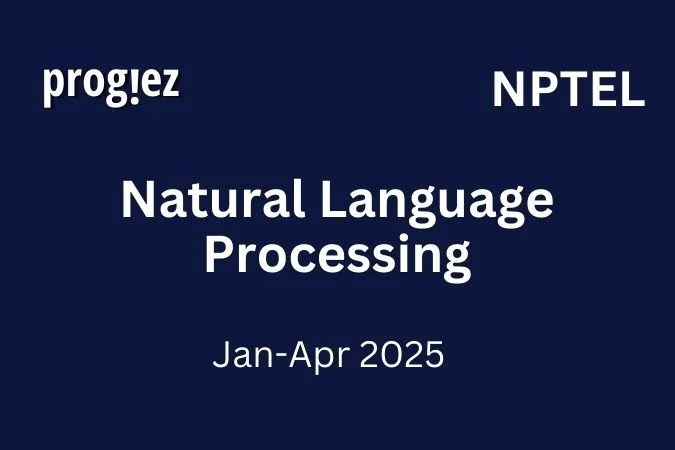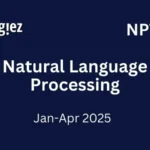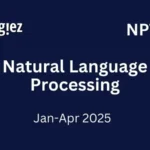Natural Language Processing Nptel Week 4 Quiz Answers
Are you looking for Natural Language Processing Nptel Week 4 Quiz Answers? You’ve come to the right place! Access the most accurate answers at Progiez.
Table of Contents

Natural Language Processing Nptel Week 4 Quiz Answers (Jan-Apr 2025)
Course Link: Click Here
Q1. Baum-Welch algorithm is an example of –
a) Forward-backward algorithm
b) Not a case of the Expectation-maximization algorithm
c) Both A and B
d) None
Q2. Once a day (e.g., at noon), the weather is observed as one of the states:
- State 1: Rainy
- State 2: Cloudy
- State 3: Sunny
The state transition probabilities are given.
Given that the weather on day 1 (t = 1) is sunny (state 3), what is the probability that the weather for the next 7 days will be “sun-sun-rain-rain-sun-cloudy-sun”?
a) 1.54 * 10-4
b) 8.9 × 10-2
c) 7.1 × 10-⁷
d) 2.5 × 10-10
Q3. In question 2, the expected number of consecutive days of sunny weather is:
a) 2
b) 3
c) 4
d) 5
Q4. You are building a model distribution for an infinite stream of word tokens. You know that the source of this stream has a vocabulary of size 1200. Out of these 1200 words, you know 200 words to be stop words, each of which has a probability of 0.001.
With only this knowledge, what is the maximum possible entropy of the modeled distribution? (Use log base 10 for entropy calculation.)
a) 2.079
b) 4.5084
c) 2.984
d) 3.0775
Q5. Suppose you have the input sentence:
“Sachin is a great cricketer.”
And you know the possible tags each of the words in the sentence can take:
- Sachin: NN, NNS, NNP, NNPS
- is: VB
- a: DT
- great: ADJ
- cricketer: NN, NNS, NNP
How many possible hidden state sequences are possible for the above sentence and states?
a) 4 × 3 × 3
b) 3 × 4
c) 2¹ × 2³ × 2²
d) 3 × 4²
Q6. What are the time and space complexity order of the Viterbi algorithm? (K is the number of states and N is the number of time steps.)
a) Kⁿ, K2ⁿ
b) K2ⁿ, Kⁿ
c) K2N, K2N
d) Kⁿ, Kⁿ
Q7. Mr. X is happy on some days and angry on other days. We can only observe when he smiles, frowns, laughs, or yells but not his actual emotional state. Let us start on day 1 in a happy state. There can be only one state transition per day. It can be either a happy state or an angry state. The HMM is shown below.
Assume that q is the state on day t and oᵗ is the observation on day t.
What is P(oᵗ = frown)?
a) 0.56
b) 0.18
c) 0.03
d) 0.78
Natural Language Processing Nptel Week 4 Quiz Answers
For answers to others Nptel courses, please refer to this link: NPTEL Assignment

